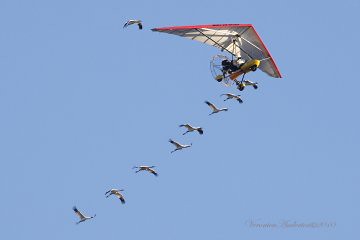
It's fun to put out nesting material for all the birds building their nests now. Animal hair is one of their favorites; be sure not to use any from a pet that has recently been treated for fleas or ticks, though.
When my sister brushes her dogs, she tucks tufts of their fur into bushes and trees for birds to find. Baltimore orioles love using horse hair to weave their elaborate hanging nests.

Last year, I bought a woven twig ball filled with alpaca fiber and hung it out with my feeders. It was beautiful, and the birds loved it. The alpaca balls are available at allthingsalpacaonline.com.

Putting together nesting material can be as easy and inexpensive as cutting 2- to 3-inch pieces of yarn and string and setting them outside. I like putting them in suet cages. You can find them at wild bird stores, which sell little bags of feathers and hanging balls of nesting material, too. Pet stores and large home improvement stores also sell suet cages.

Dryer lint seems like it would be a great nesting material, but it's not. Soap and perfume may cling to it, and it crumbles and hardens when it gets wet. Shreds torn from fraying landscaping fabric can also be harmful to birds.

Providing safe nesting materials is a great way to attract more birds to your garden, and a fun way to involve kids in nature. Enjoy!
photos courtesy of (from top to bottom): miguelb., Jonathan Bliss, Maarten van Maanen, solar.empire, and Hans Splinter, via Flickr.







